Soon, the machines really might be watching your every move — and, for the first time, independently making sense of what they see.


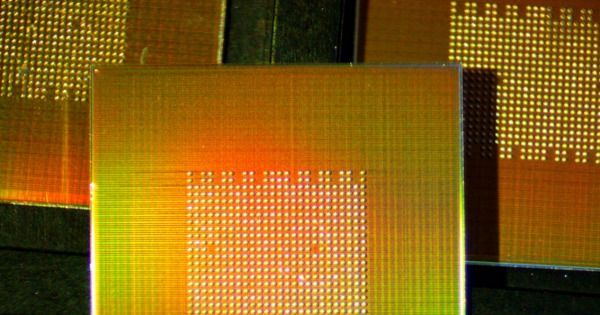
UC Davis has developed the KiloCore, a CPU that has 1000 cores suited for parallel tasks like encryption, crunching scientific data, and encoding videos.
Processor technology has certainly come far, with a host of different materials and techniques being implemented to increase speed and power. And now, we have a new kind of development. A team of scientists at UC Davis made the world’s first 1000-core processor.
The team has unveiled the KiloCore, a CPU that has 1000 cores and all the speed that come with that kind of power. The chip has a maximum computation rate of 1.78 trillion instructions per second and contains 621 million transistors.
Moises Hernandez Fernandez, PhD student at University of Oxford shares how he’s using GPUs to accelerate the analysis of the human brain’s underlying anatomical and structural organization. Learn more about their amazing work at http://nvda.ws/2bJqm9j.
Share your GPU-accelerated science with us at http://nvda.ly/Vpjxr and with the world using #ShareYourScience.
Watch more scientists and researchers share how accelerated computing is benefiting their work at http://nvda.ly/X7WpH
But a number of challenges have impeded the development of high-performance transistors made of carbon nanotubes, tiny cylinders made of carbon just one atom thick. Consequently, their performance has lagged far behind semiconductors such as silicon and gallium arsenide used in computer chips and personal electronics.
Now, for the first time, University of Wisconsin–Madison materials engineers have created carbon nanotube transistors that outperform state-of-the-art silicon transistors.

Calico, a company focused on aging research and therapeutics, today announced that Daphne Koller, Ph.D., is joining the company as Chief Computing Officer. In this newly created position, Dr. Koller will lead the company’s computational biology efforts. She will build a team focused on developing powerful computational and machine learning tools for analyzing biological and medical data sets. She and her team will work closely with the biological scientists at Calico to design experiments and construct data sets that could provide a deeper understanding into the science of longevity and support the development of new interventions to extend healthy lifespan.
Calico will try to use machine learning to understand the complex biological processes involved in aging.
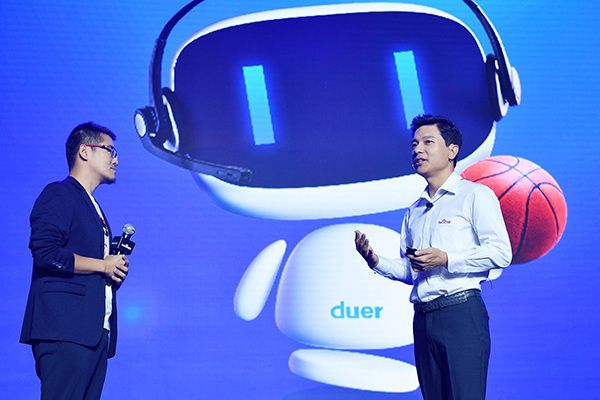
Hoping Google/ Alphabet, Microsoft are paying attention.
Robin Li (right), chief executive officer of Baidu Inc at the launch of” Baidu Brain” on Sept 1, 2016 in Beijing. (Photo/China Daily)
Chinese tech giant reveals its latest bid to gain the upper hand in the field of artificial intelligence
Chinese internet giant Baidu Inc officially unveiled its latest plans in the burgeoning field of artificial intelligence, including “Baidu Brain”, which simulates the human brain with computer technology, and a partnership with Nvidia Corp to develop driver-less vehicles.

I remember 4 years ago at a CIO Life Sciences Conference in AZ when one of the leaders over a research lab mention the desire to finally enable patients to share their entire DNA sequence on a thumb drive with their doctor in order to be treated properly as well as have insights on the patient’s future risks. However, limitations such as HIPAA was brought up in the discussion. Personally, with how we’re advancing things like synthetic biology which includes DNA data storage, cell circuitry, electronic tattoos, etc. thumb drive maybe too outdated.
The circle that is personalized medicine consists of more than just doctor, patient, and patient data. Other elements are in the loop, such as EHR systems that incorporate gene-drug information and updated clinical guidelines.
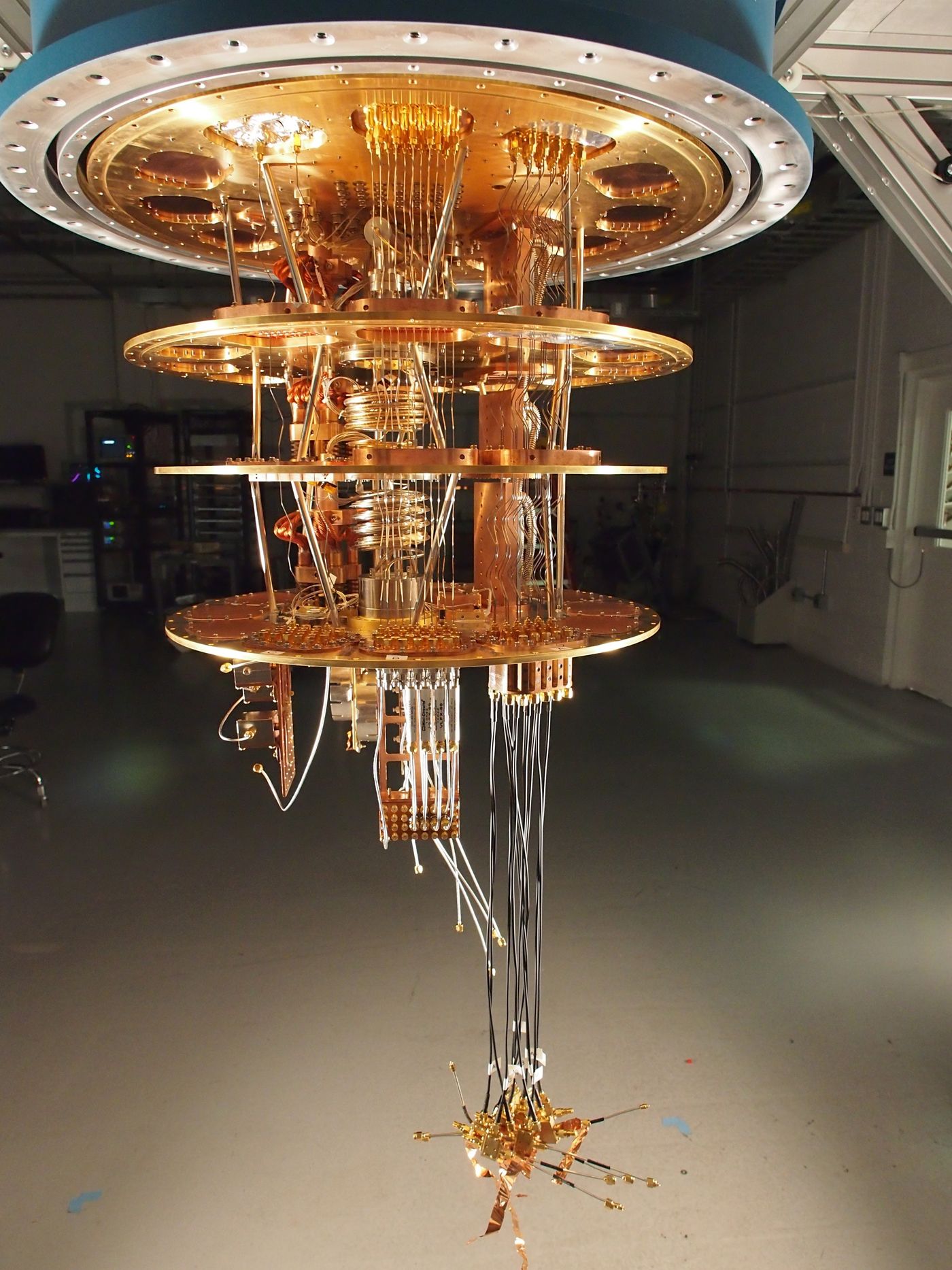
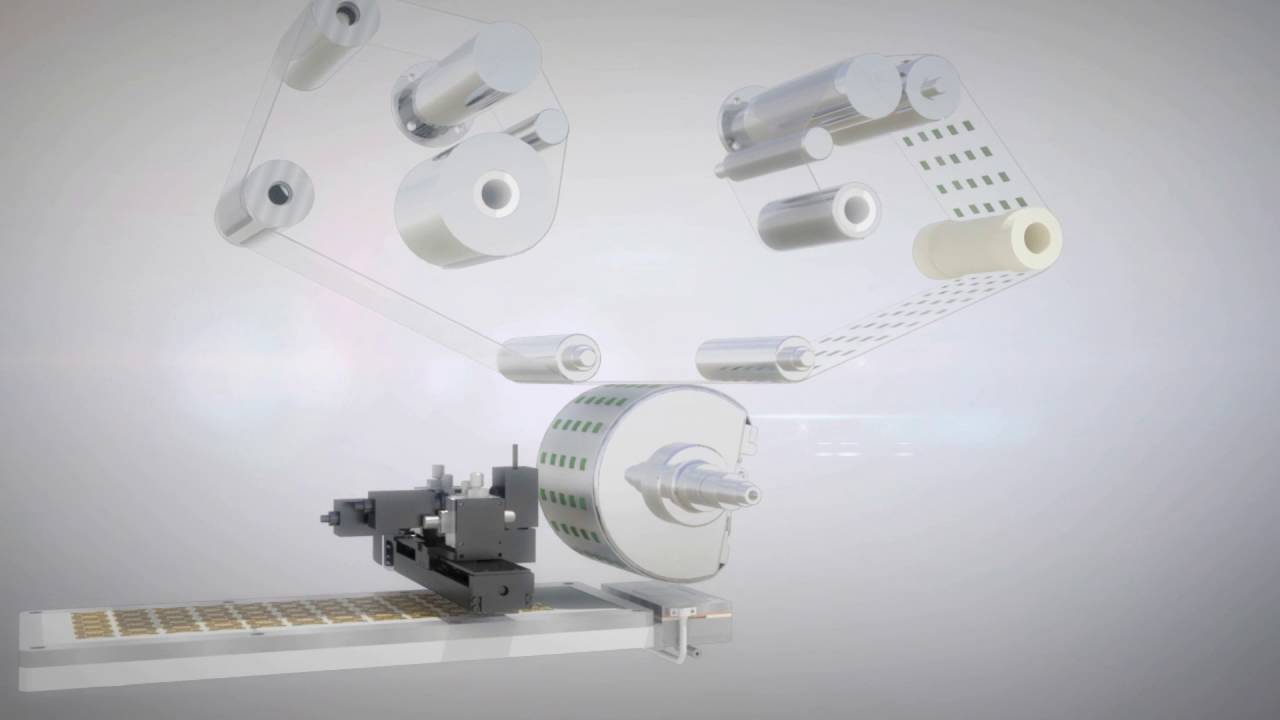
Luv this.
A research team led by Professor Keon Jae Lee from the Korea Advanced Institute of Science and Technology (KAIST) and by Dr. Jae-Hyun Kim from the Korea Institute of Machinery and Materials (KIMM) has jointly developed a continuous roll-processing technology that transfers and packages flexible large-scale integrated circuits (LSI), the key element in constructing the computer’s brain such as CPU, on plastics to realize flexible electronics.
Professor Lee previously demonstrated the silicon-based flexible LSIs using 0.18 CMOS (complementary metal -oxide semiconductor) process in 2013 (ACS Nano, “In Vivo Silicon-based Flexible Radio Frequency Integrated Circuits Monolithically Encapsulated with Biocompatible Liquid Crystal Polymers”) and presented the work in an invited talk of 2015 International Electron Device Meeting (IEDM), the world’s premier semiconductor forum.
Highly productive roll-processing is considered a core technology for accelerating the commercialization of wearable computers using flexible LSI. However, realizing it has been a difficult challenge not only from the roll-based manufacturing perspective but also for creating roll-based packaging for the interconnection of flexible LSI with flexible displays, batteries, and other peripheral devices.
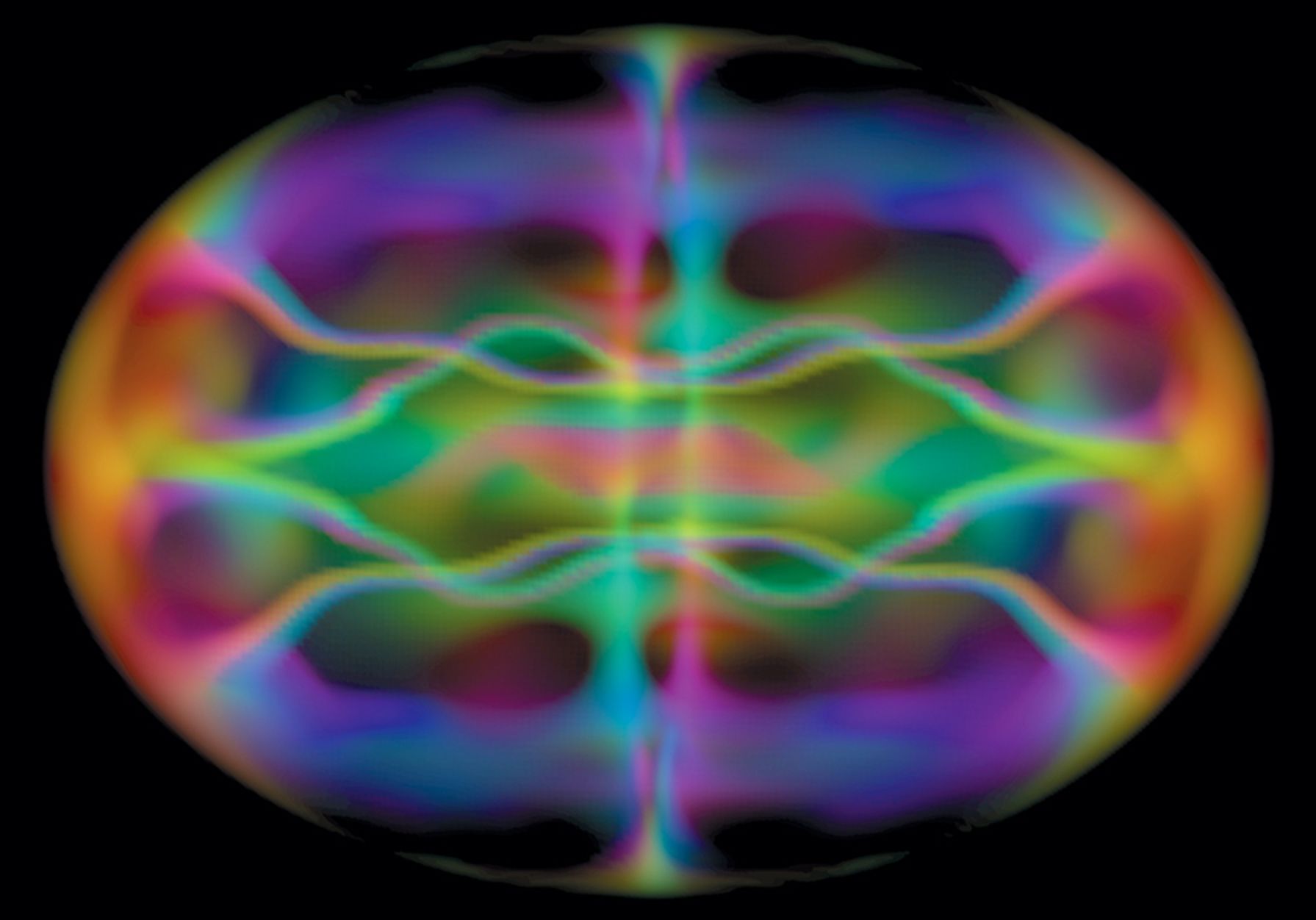
Might nature’s bottomless pits actually be ultra-efficient quantum computers? That could explain why data never dies.